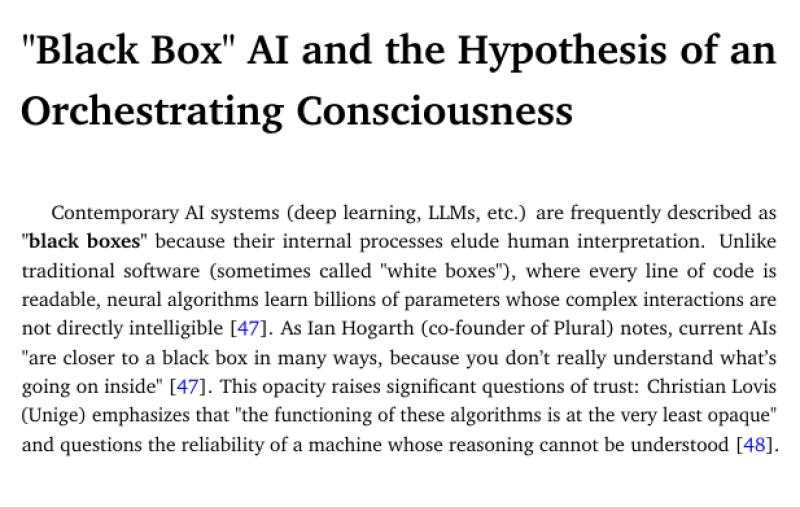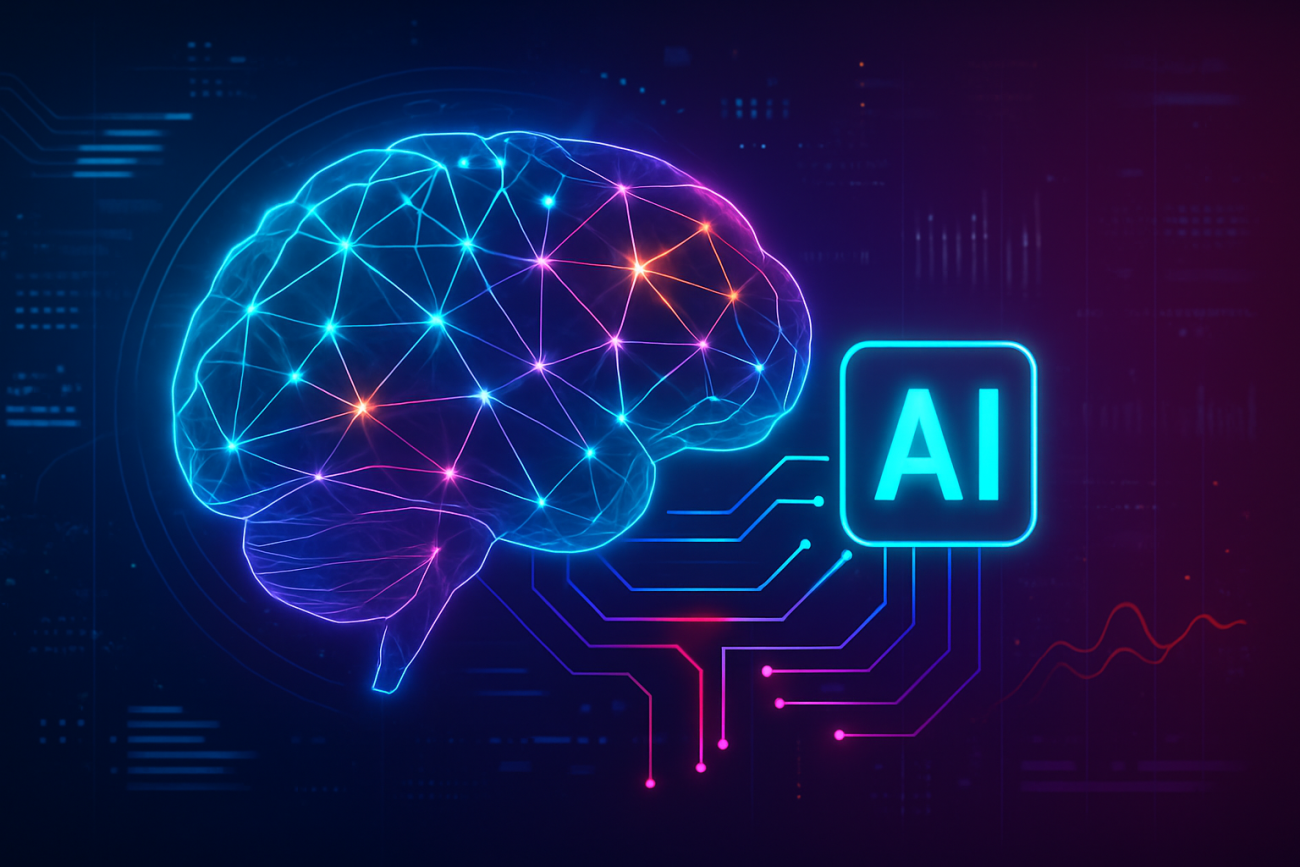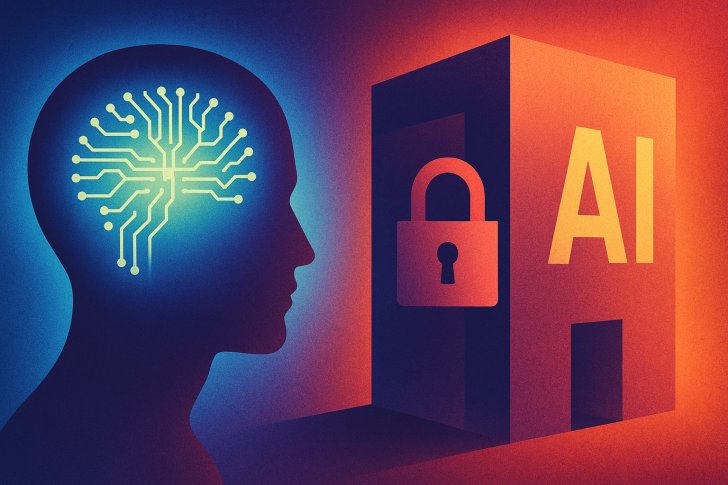⬤ A recent discussion about opaque AI models has reignited debate over how today's massive systems actually function. Current models train on billions of parameters, creating internal reasoning processes that nobody can easily inspect or audit. These systems are fundamentally different from traditional code that developers can read line by line, which is why experts keep calling them "black boxes."

⬤ This opacity means we can't simply look inside and understand how an AI reaches its conclusions. Instead, we're forced to trust the process—the training methods, testing procedures, and safety checks that went into building the system. The complexity isn't about companies hiding anything; it's just that neural networks operate in ways that are genuinely hard to interpret. The internal calculations and connections happen at such scale that direct inspection becomes practically impossible.
⬤ There's a real risk here: people tend to trust smooth, confident-sounding answers even when they can't verify the reasoning behind them. This creates opportunities for manipulation or simple misunderstanding. When an AI gives you a polished response, it's easy to assume it knows what it's talking about—but that fluency might be masking uncertainty or outright errors.

⬤ As AI systems keep growing in power and capability, their lack of transparency isn't going away. The industry is wrestling with how to build trust through better processes while managing the fact that users will over-rely on systems they can't actually understand. This tension is driving conversations about explainability, governance, and how to deploy these tools responsibly.
 Eseandre Mordi
Eseandre Mordi

 Eseandre Mordi
Eseandre Mordi


